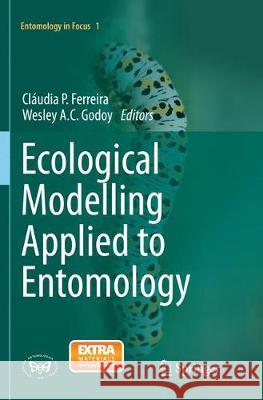Ecological Modelling Applied to Entomology » książka
topmenu
Ecological Modelling Applied to Entomology
ISBN-13: 9783319345406 / Angielski / Miękka / 2017 / 262 str.
Kategorie:
Kategorie BISAC:
Wydawca:
Springer
Seria wydawnicza:
Język:
Angielski
ISBN-13:
9783319345406
Rok wydania:
2017
Wydanie:
Softcover Repri
Numer serii:
000629947
Ilość stron:
262
Oprawa:
Miękka
Wolumenów:
01











